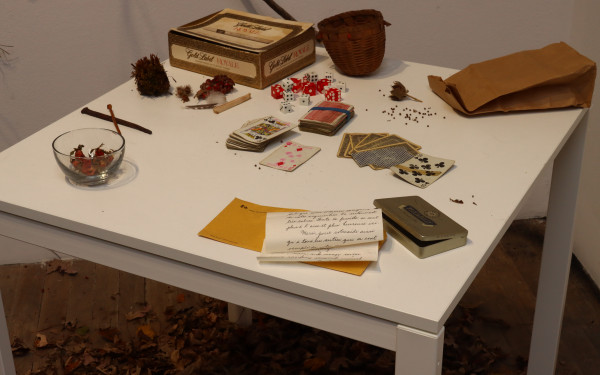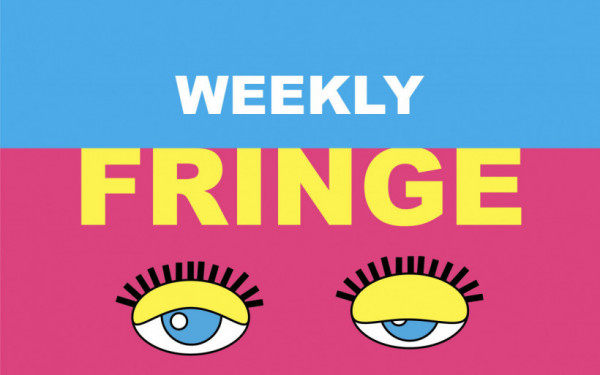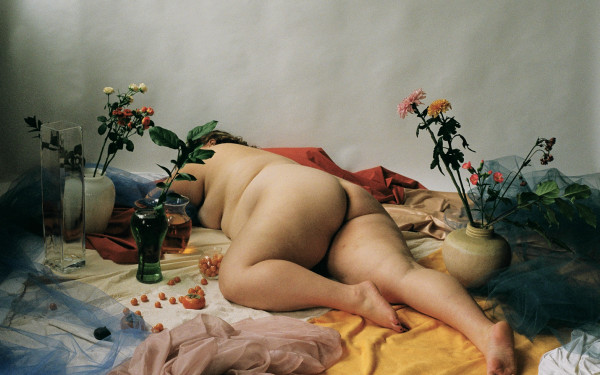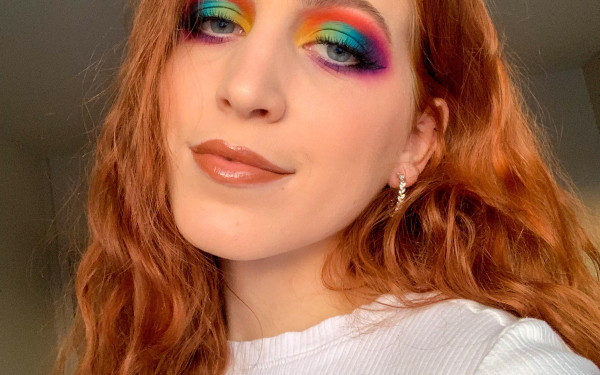The exhibition ‘les liens’ sheds light on the vulnerability of human connection
Thierry Huard’s queer fibre art installaton invites audience to explore intimacy
The installation les liens is multidisciplinary artist Thierry Huard’s first solo exhibition. It is presented by Montréal, arts interculturels, and performed with friend Nate Yaffe, a contemporary dance artist.
The visual installation seeks to explore how interpersonal connections are weaved by the invisible lines of intimacy, through visual art made with yarn and rope.
Michael Toppings, the executive and artistic director at MAI, explained that his first encounter with Huard’s work was WE CAN DISAPPEAR YOU, a performance in the round for 5 performers.
“I was quite excited and supportive when he came to see me about a new project that was not so much a dance work or even a performance but rather an installation. [The exhibit] is part of a resurgence of textile art—fibre and fabric—that was predominant, though nevertheless undervalued, in the 60s, 70s, and 80s,” he explained.
Firas Nassri, MAI’s director of communications, said the exhibition was “an exploration of textile art and a very personal understanding of intimacy.”
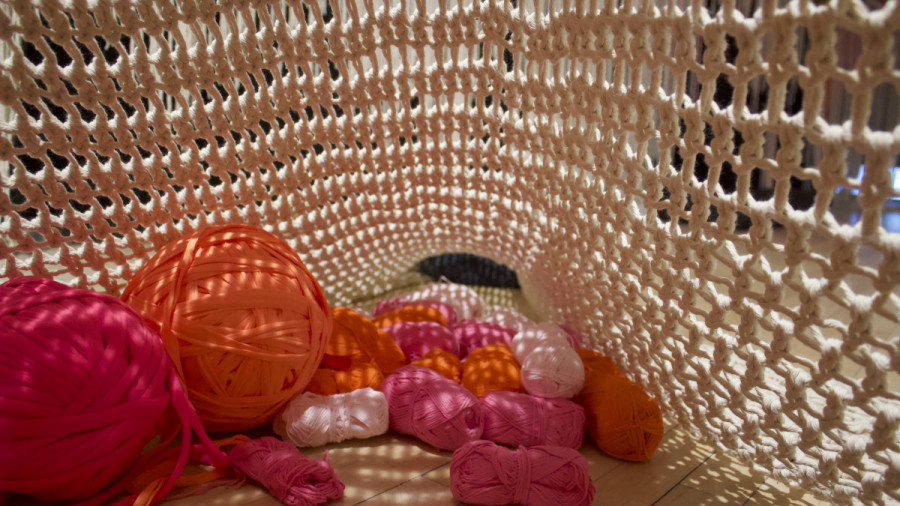
The project started four years ago, which is usually how long his creative process takes, said Huard. At the time, he was part of a group residency program alongside Yaffe, which is when les liens really started taking shape.
A year and a half ago, Huard started his first solo residency at MAI. He mentioned his 2014 project Genesis was a source of inspiration for les liens.
Read more: Marvin Clerveau’s ‘Visions Hip-Hop QC’ spotlights Black culture in Quebec
“Genesis was based on the idea of creating [a] movement that would recreate the feeling of love. It was a duet between two guys and everything was made out of crochet,” he explained. “There was a big set and the costumes were made out of crochet as well. I was the choreographer and I was making all the sets and stuff like that, but I wasn't in the piece.”
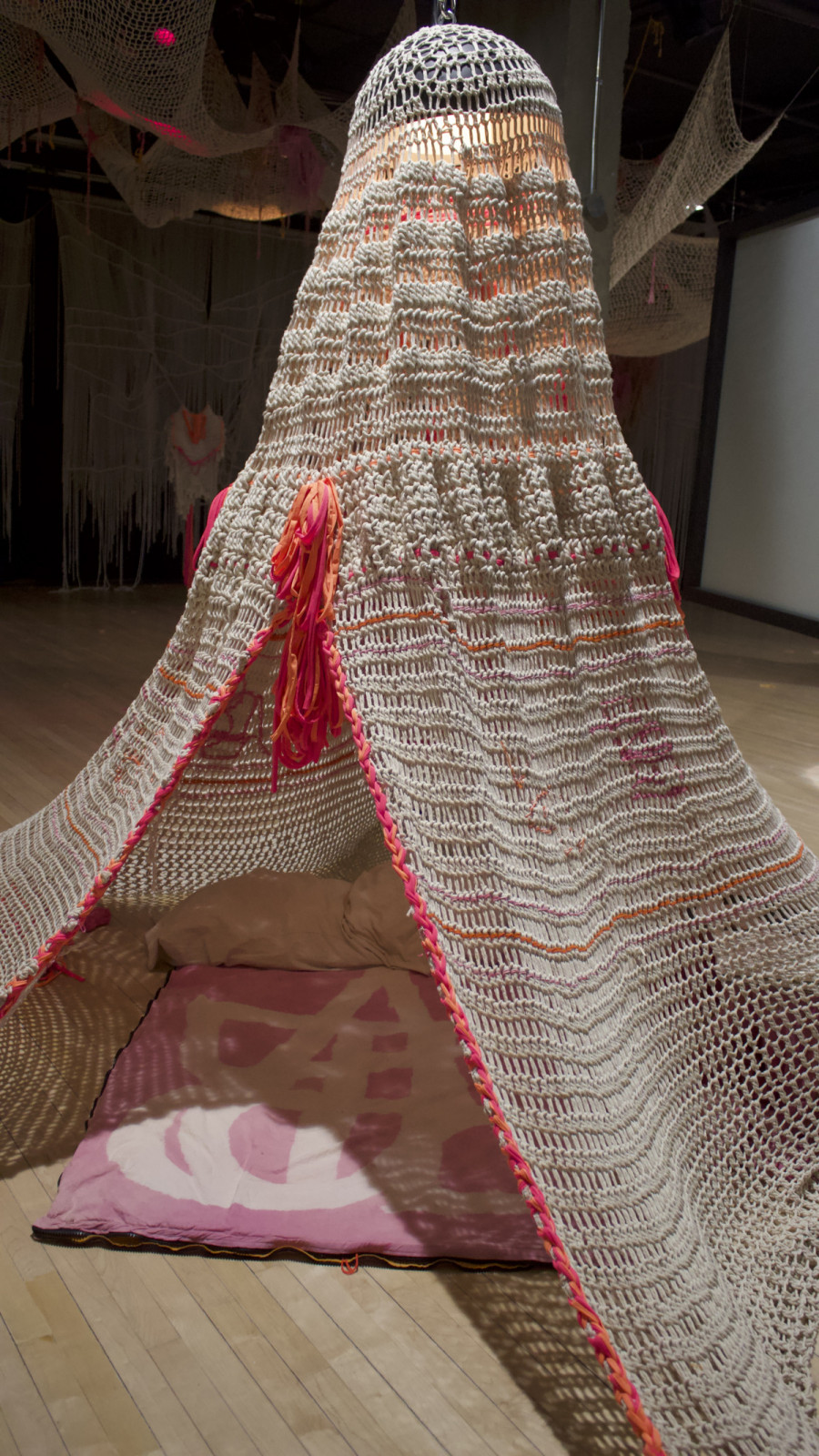
Not having performed since 2008, in this exhibition, Huard takes on not only the role of director but actor as well, although that is not where his evolution as an artist stops. This specific exhibition tackles more than romantic connections, and does so by incorporating performances—like co-building a tent—that are not limited to dance movements.
He expressed that les liens was about more than romantic connections. “Instead of talking about love specifically, it's all about relationships and intimacy,” said Huard. “Nate and I are not lovers, we're just friends, so it's not about love. It's about this spectrum of what a relationship can be, and how intimate you can be with someone.”
This exhibit is about more than placing each of your relationships in boxes dedicated to friends, lovers, or family. “We're trying to erase that and just see person to person what intimacy can be,” explained the artist.
Huard’s vision of incorporating visual arts into his work becomes obvious as dim lighting welcomes visitors into the exhibition room. The goal was to physically create an intimate, almost sultry, atmosphere that would allude to the invisible connections that tie one individual to another.
This moody setting is intensified by the fiber art that hangs from the ceiling—which was previously part of Genesis’ set—and specific objects that are also covered in fiber art. A tent made of rope, which was created during one of Huard and Yaffe’s live performances, embodies the act of weaving a connection with someone, and physically manifesting that bond by building a tangible object together.
To accompany the handmade tent, three video installations are propped up in the space, each depicting a domestic scene taking place between the two men.
“For the year and a half where we really started creating the work, I filmed everything, with my phone, with my computer. It was really the idea of doing homemade videos,” said Huard.
“There [are] the videos, the live performances, and then the whole installation where people can just come and relax. A lot of people just like to hang in the tent. We have cards with questions and snacks, so people just hang out there and create their own experience about intimacy,” he said.
Part of creating that intimacy is the process of adorning the other person with an armour made of yarn and rope. Huard explained how dressing the other was like giving praise and expressing how beautiful they thought the other person was, as well as physically creating a separation between them and the rest of the world.
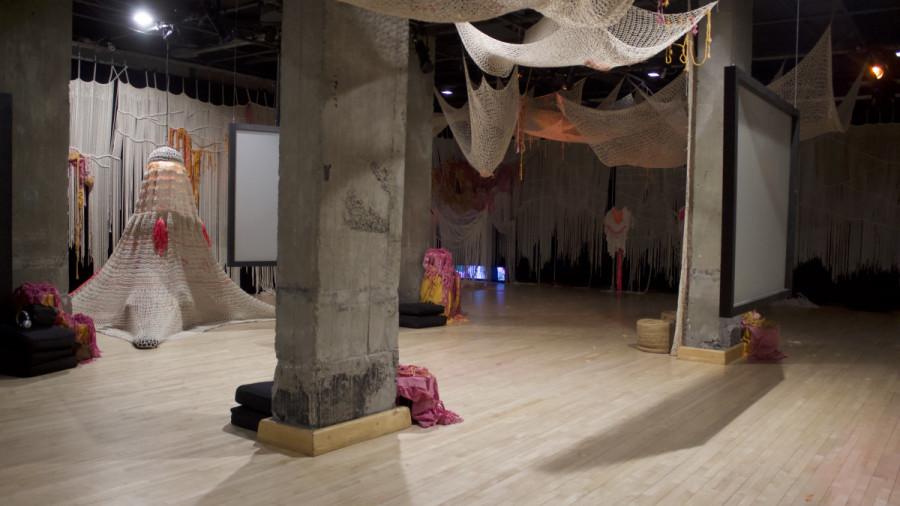
The tent, for example, creates a veil of privacy between what the audience sees and what the performers allow them to see through the roped wall. “It's playing with that, the idea of intimacy again. What we show, what part of the body we want to show, because when we perform, we mostly just wear thongs,” said Huard.
The schedule for the live performances will be announced the day prior, seeing how Huard does not consider them to be shows or a spectacle. Rather, the idea is to invite people into a safe space and witness platonic intimacy, the same way you would invite friends into your home.
“At [the] core of Thierry's installation is queer and transformative politics, a safe space for intimacy that softly challenges the social logic of normative,” explained Toppings.
Huard said, “I always try to tackle universal subjects in a way, but with a queer eye. We're wearing thongs, we're talking about relationships, but we're two men and the whole colour scheme is pink and orange. You know, it's gay. We're playing with that for sure. But I think it's also just my way of being.”
Admission to the installation is free and it runs until Feb. 26. Be sure to check out the MAI’s website and Instagram for more information.

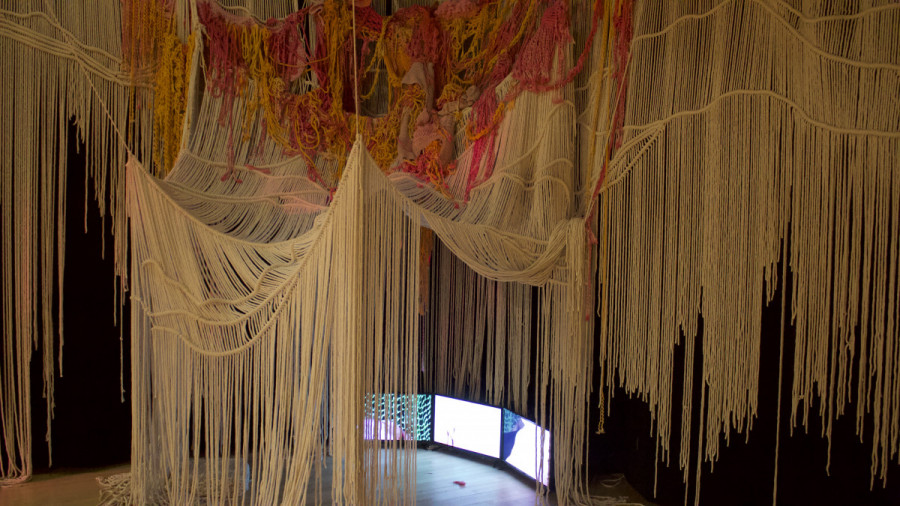
_600_832_s.png)

